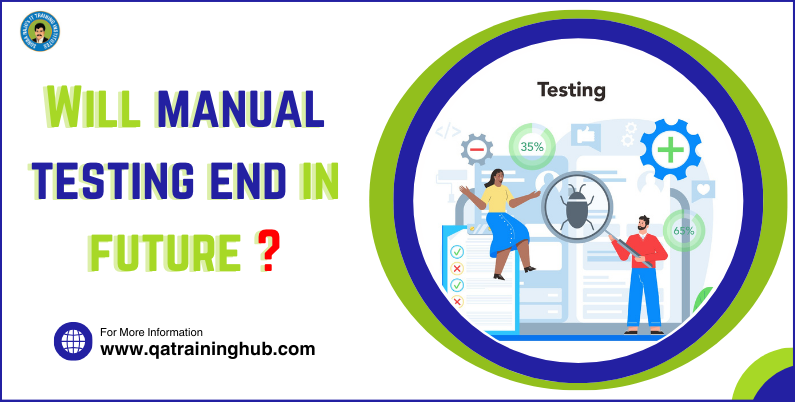
In the realm of software testing, both manual testing and automated testing play pivotal roles in ensuring the quality and reliability of software applications. Manual testing, in particular, serves as a cornerstone in the software testing process, providing a human-centric approach that complements automated testing. In this article, we will explore the fundamental importance of manual testing in the software industry and the potential challenges the industry might face without it.
Importance of Manual Testing
- Understanding User Perspective
Manual testing allows testers to put themselves in the shoes of the end-users, mimicking their interactions with the software. This perspective is crucial for identifying usability issues, intuitive design, and overall user satisfaction. Automated tests can’t replicate this level of intuition and understanding. - Exploratory Testing
Manual testing facilitates exploratory testing, where testers can spontaneously navigate the application, attempting to uncover unforeseen bugs or defects. This unscripted approach often reveals issues that automated tests might overlook due to their predefined nature. - Ad Hoc Testing
Testers can conduct ad hoc testing to validate specific features or areas of the application that might not have predefined test cases. This flexibility ensures that critical areas are thoroughly tested even in the absence of a predefined test script. - Early Testing Stages
In the initial stages of development, manual testing is often more practical and cost-effective. Automated tests may not be readily available or suitable for testing early drafts or prototypes, making manual testing the go-to choice for early quality assurance. - User Acceptance Testing (UAT)
Manual testing is pivotal in UAT, where stakeholders validate if the software meets business requirements and is ready for production. The human intervention in this critical phase ensures that the software aligns with the users’ expectations. - Testing User Interfaces
Manual testing is highly effective in evaluating the user interface for inconsistencies, responsiveness, and aesthetics. Evaluating visuals, layouts, and design elements requires a human eye and judgement that automated tests cannot provide. - Accessibility Testing
Testing for accessibility compliance, ensuring the software is usable by individuals with disabilities, is best performed manually. Human testers can simulate various impairments to validate that the software meets accessibility standards.
Challenges Without Manual Testing
While automated testing has its merits, entirely eliminating manual testing would present several challenges in the software industry:
- Lack of User Perspective
Automated tests cannot fully replicate the nuanced interactions and expectations of users. Critical usability and user experience issues might go undetected without manual testing. - Difficulty in Complex Scenarios
Automated testing struggles with complex scenarios that involve intricate business logic, diverse inputs, or multi-step processes. Human testers can comprehend and test these scenarios effectively. - Ineffective for Uncharted Territory
In new or rapidly changing projects, where test scripts may not be updated, automated testing can be ineffective. Manual testing can adapt to changing requirements more easily. - High Initial Setup Cost
Automated testing requires significant initial setup efforts and costs. In the early stages of a project or for smaller projects, these costs may outweigh the benefits, making manual testing more feasible. - Resource Limitations
Not all organizations have the resources or expertise to implement and maintain robust automated testing frameworks. Relying solely on automation might exclude a significant portion of the industry from effective testing.
Conclusion
Manual testing remains an indispensable part of the software testing landscape, offering unique value and insights that automated testing cannot replicate. A balanced approach that leverages both manual and automated testing ensures comprehensive quality assurance, leading to high-quality software products that meet user expectations and industry standards. The symbiotic relationship between manual and automated testing is essential for a successful and efficient software testing process in the dynamic world of software development.
Summary
This article emphasizes the fundamental importance of manual testing in the software industry. It highlights how manual testing provides a human-centric approach to testing, ensuring a comprehensive understanding of user perspectives, enabling exploratory and ad hoc testing, and validating critical features in early development stages. The article also explores the potential challenges the industry might face without manual testing, underscoring the necessity for a balanced approach that incorporates both manual and automated testing for effective quality assurance.







